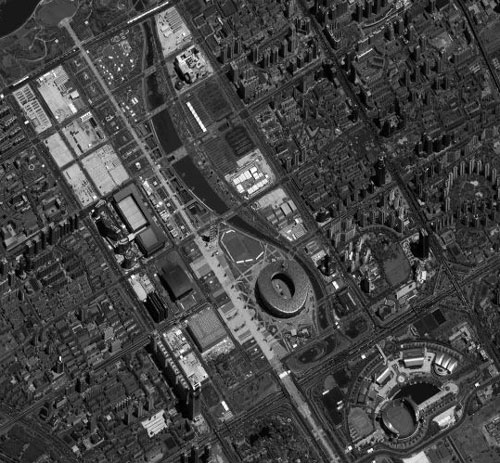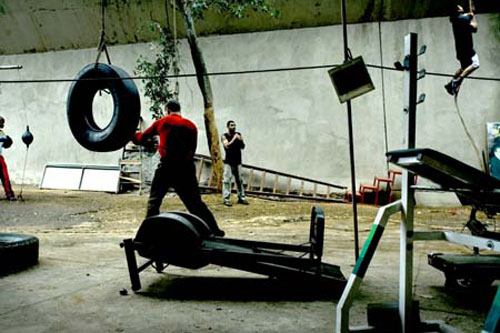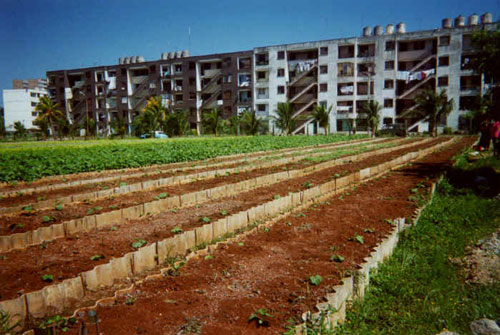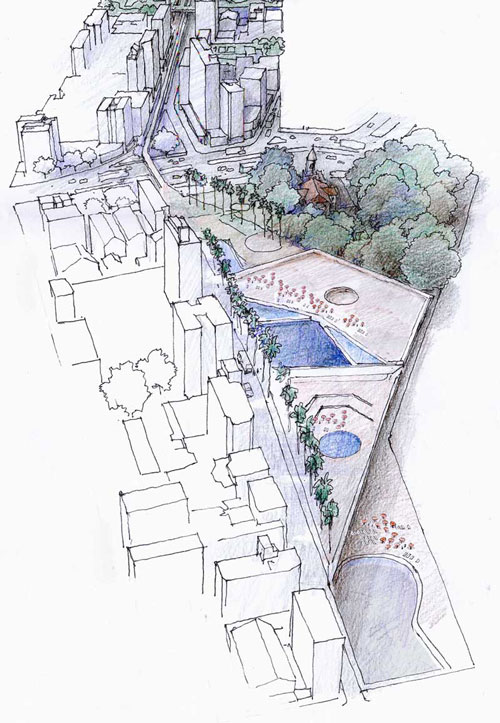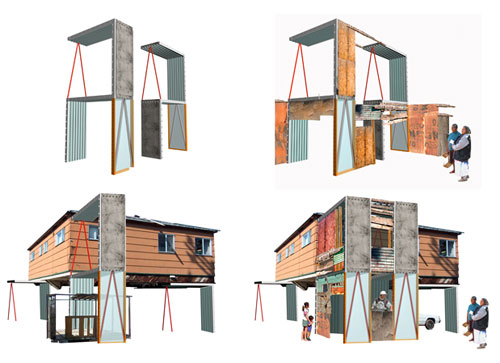
Architect Teddy Cruz, born Guatemala, is one of the leading figures in community based design and bottom-up development strategies (as opposed to corporate or State development of real estate).
Today he has his practice in San Diego, California. Most of his projects deal with the complex San Diego – Tijuana border zone. At the same time his studio receives theoretical support by Mike Davis, author of Planet of Slums [Planeta Favela].
Although Cruz himself states that only the strategy is important – not the resulting physical aesthetical form – he has established a specific visual language over the years, based on the recycling of building materials, sometimes whole wooden houses or sheds, transported from the United States to Mexico, where they are integrated in Tijuana suburbs. The projects manage to incorporate all these aspects, the border dynamics of suburban poverty, informal urbanism and recycling.


Read more:
